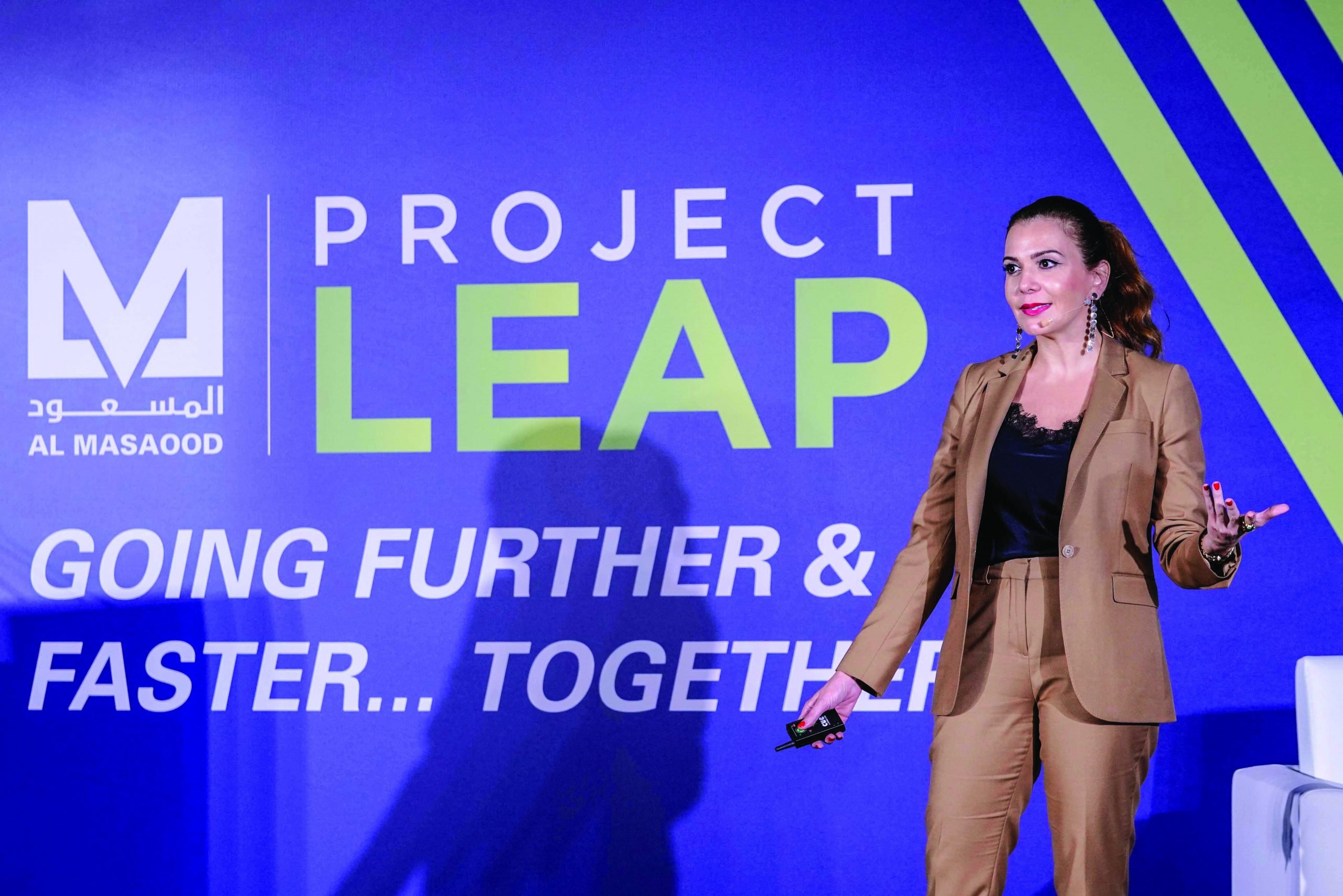
Transformation is inevitable for companies seeking to remain competitive. Whether driven by digital innovation, sustainability initiatives, or evolving market demands, transformation can lead to remarkable growth. But the success of any transformation is largely dependent on effective internal communication.
Communication is not just an organisational function; it is the bedrock that ensures alignment, transparency, and trust during times of change.
Communication from the top
Transformation begins at the leadership level, and so should communications. Employees look to their leaders for guidance, especially during periods of uncertainty. Clear and consistent messaging from the top fosters confidence and reinforces a shared sense of purpose.
Leaders must take the responsibility of articulating the vision for transformation, explaining why the change is necessary, and setting expectations for what success looks like. Regular touchpoints, whether through town halls, video messages, or direct interactions, help keep employees connected to the leadership’s strategic intent.
At Al Masaood, this principle was demonstrated during Project Leap, a corporate support services initiative designed to elevate service quality across the group. The leadership team actively communicated the objectives of the project, ensuring that every employee understood the broader vision of ‘Going Further & Faster Together’.
Ensure transparency
Transparency is critical in fostering trust. Employees are more likely to embrace change when they feel informed about what’s happening and why. Leaders need to be upfront about the challenges that the organisation faces, and the decisions being made to address them. Transparency involves sharing both the good and the bad. This leads to a more resilient workforce that is prepared to navigate the complexities of transformation.
During our Project Leap retreat, transparency was key to aligning corporate support services with the company’s growth strategy. Business leaders and teams openly discussed the areas that required improvement and the potential obstacles they might face. This openness helped create a culture where employees felt they were part of the solution, not just spectators of the change.
Communicate setbacks
No transformation journey is without its setbacks. So, it’s vital to communicate them as they arise. Hiding or downplaying setbacks only erodes trust and creates uncertainty. When challenges occur, addressing them openly and honestly is the best approach. It demonstrates to employees that leadership is both aware of the situation and committed to finding solutions.
Create space for questions
Transformation can often be overwhelming, leaving employees with numerous questions. To mitigate uncertainty, it is essential to create a space where employees feel comfortable seeking clarification and sharing their feedback.
Providing platforms for inputs and questions – whether through Q&A sessions, internal communication channels, or dedicated forums – ensures that everyone is on the same page and that concerns are addressed in a timely manner.
Foster a safe environment for communication
For communication to be effective, employees must feel that it is safe to express their thoughts, ideas, and concerns without fear of retribution.
Creating a safe environment for communication involves establishing clear guidelines on respect and confidentiality, as well as modelling the right behaviours from the top down. When employees feel safe, they are more likely to engage meaningfully in the transformation process.
Go beyond written communication
Going beyond emails and memos to incorporate roadshows, events, and micro meetings brings a human element to the transformation process.
These face-to-face interactions help build stronger connections and provide an opportunity for real-time feedback. They also allow leaders to gauge the emotional temperature of the workforce and address concerns directly.
Unite everyone under a vision
Ultimately, successful transformation requires uniting the entire organisation under a shared vision. When employees understand the ‘why’ behind the transformation and how their roles contribute to the larger picture, they are more likely to be engaged and motivated.
Crafting a compelling vision that resonates with the workforce and consistently reinforcing it throughout the transformation journey is key.
By Marwa Kaabour, Group Head of Marketing & Corporate Communication, Al Masaood









